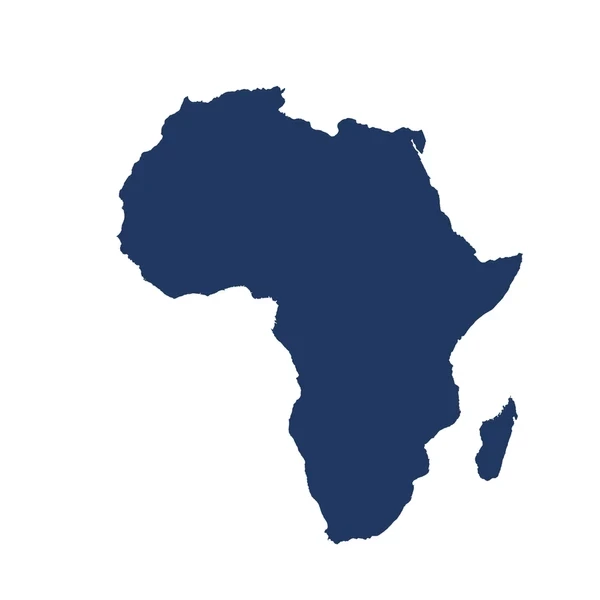
Zimbabwe has made a deliberate choice to indigenise the economy but has overlooked linking indigenization and the indigenous culture. School pupils are educated to become employees and not employers. Until this cultural gap is closed, the indigenization effort will have fewer takers as people look up to foreign investors for jobs and employment.
The purpose of this article is to examine Zimbabweans’s readiness to own and manage their resources for their own benefit. Zimbabweans need to transform the mindset of being job seekers and to become job creators.
Whilst there is debate of employment statistics, the Confederation of Zimbabwe Industries (CZI) statistics suggests that 80% of the population is unemployed. Zimbabwe Statistics (2013) show that more than less than 25% of Zimbabweans are formally employed.
Although different, the providers of these statistics agree that Zimbabwe’s economy is in the informal sector. A rate of unemployment of as high as 80% will be unattainable unless we were witnessing mass starvation and poverty. Only about 2 deaths were reported by the independent press in 2009 to have been related to starvation.
One can only attribute the survival of the economy to traits of entrepreneurship in the local population. How have Zimbabweans demonstrated this entrepreneurship? Zimbabwe’s educational sector has been expanding since 1980.
There was one university in 1980 and there are at least 13 now (2013). This is against low-capacity utilization of labour in industry. CZI capacity utilization was 43,7% in 2010. One can speculate that the unemployed graduates are turning to the SME sector for employment. The effects of the Economic Structural Adjustment Programme (ESAP) beginning in 1991 resulted in a lot of companies downsizing, restructuring or re-engineering.
The affected workers went on to join the SME sector and swelled its numbers. The situation was made worse by the economic meltdown Zimbabwe experienced between 2000 and 2008 (CZI, 2010). The SME sector has, therefore, become the mainstay of Zimbabwe’s economy. In this respect the economy was indigenized informally by ESAP. In that respect Zimbabweans are entrepreneurs but do not know it. Youth empowerment and gender equity As a way of encouraging youth to participate in economic activities, the Zimbabwe government has encouraged the starting of SMEs by young people and women.
A survey by Gallup (2010) in 27 African countries including Zimbabwe has shown that youths are increasingly getting interested in starting their own businesses. The rural urban drift People moving into cities from rural areas find employment in the informal sector.
- New perspectives: Zim govt has to find balance between economy and politics
- New perspectives: Zim govt has to find balance between economy and politics
- Rhodesia vs Zim: The genesis of education sector crisis
- New perspectives: Can budget save Zimbabwe economy?
Keep Reading
This has seen the SME sector growing and calling for the attention of policy makers, academics and non-governmental organisations (NGOs). Attempts by developing countries to arrest the rural urban drift have failed and there is a need to find a means of absorbing people moving from rural areas into the urban economy. Growing SME involvement in the economy has been the result.
Taking advantage of opportunities
By taking over the land, Zimbabweans have shown that they can take advantage of opportunities. Since the start of the agrarian reform agricultural production has been on a steady increase. In the year 2001 only 50 million kilograms of tobacco were produced and by 2012 this had trebled. ESAP was a threat which many people turned into an opportunity to start small enterprises. Visionary Zimbabweans are now admired all over Africa for their economic vision. The West does not like this vision because it is a vision about redirecting local wealth from going to the West to going nowhere but staying in the country for the benefit of locals.
Network influences
The local press impresses upon us that we have two groups of people in Zimbabwe. Those who want to grow the economy through foreign direct investment (FDI) and those who believe the economy can be grown through local resources.
The fact that the Zimbabwe economy has survived capital flight since 2000 is evidence that an ideology of self-reliance has taken hold. Most people who have taken up self-employment are not eager to take up formal jobs again.
Innovation
No ordinary people would have survived Zimbabwe’s hyperinflation of 2007 to 2010. Zimbabweans proved themselves to be innovative. It is argued that the economy survived on the backbone of the informal sector mainly the women cross border traders. They brought in goods which had disappeared from the shelves. The people showed innovativeness.
Catalysts for economic change
The appropriate technology tobacco and paprika drying bans that the new farmers have forged shows that Zimbabweans are catalysts for change. The bans have no blowers, stokers and high tech. But the crops still get dried. One sees loads of virginia flue cured tobacco tracking to the auction floors and one thinks it is coming from a high tech ban.
Confidence
An entrepreneur exudes confidence. She/he believes in herself/himself. If one talks to people like Rudo Boka and Divine Ndlukula — two Zimbabwean women entrepreneurs, one will discover that they have a spirit of self-belief waiting to explode in them. Rudo inherited the largest tobacco auction floor in the world from her father whilst Ndlukula has shown innovation in becoming the first woman to run a successful security company Securico, which has won several awards, both locally and internationally.
*Chisvo, D. J. is a social worker and independent researcher.










